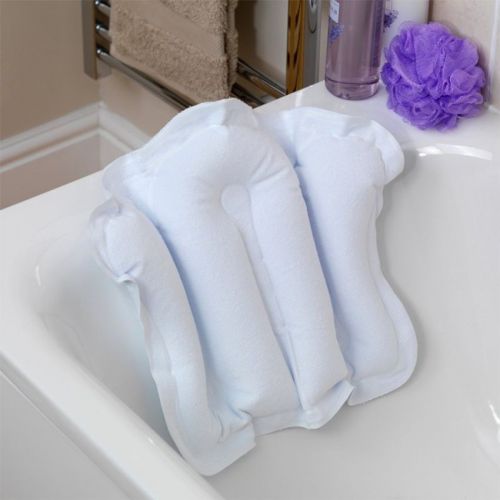Even the most non-disabled seniors have the risk of injury from falling, especially while taking a bath. However, there are preventive measures one can take to make the bathroom a safer place for the elderly to use. For these, there are several bathroom aids. But the most popular are walk-in tubs and showers. So, how will you know which is best for you?
Deciding between a walk-in tub or a new shower can be a difficult choice to make, as there are many factors to consider. Let us cover facts underlying the walk-in tubs vs. shower topic with the help of pros and cons to help you make the best choice!
The Pros of a Walk-In Tub
If you are unfamiliar with the concept of a walk-in tub, here are the details. It is a tub that is deeper but not as wide as a standard one. A seat is present on one side, usually across from the tap. Also, one wall of the tub functions as a door.
This door seals tightly for preventing any leakage. Many walk-in tubs may come with hydrotherapy jets. This helps to ease the pain of arthritis or any muscle pain. This is a great option for people who have limited mobility abilities or disorders like vertigo.
When the door is open, the way to enter the tub is not far above the bathroom floor. This eliminates the need to step over a high threshold. Additionally, it reduces the difficulty of balancing themselves and the risk of tripping, slipping, and falling.
The seat of walk-in tubs keeps the bather safe from sinking fully into the water. Additionally, it also keeps them safe by exerting force while getting into or coming out of the tub. Mostly, these seats are equipped with textured pads for preventing the bather from slipping.
You can add a bathtub pillow too for adding comfort, thus providing a feeling of relaxation for your loved one. Bathtub pillow also provides security and safety to your loved one’s head.
The Cons of a Walk-In Tub
Although walk-in tubs can solve many problems related to bathroom safety, they might not be the best fit for all seniors. While comparing walk-in tubs with showers, it is important to keep the disabilities and needs of your loved one in mind!
There are chances that not all walk-in tubs are suitable for those who use wheelchairs. This is because transitioning from their wheelchair to the seat of the tub may not be possible or easy for them to handle on their own.
Perhaps one of the biggest challenges with a walk-in tub for seniors is staying seated in the closed tub while it is filling and draining. Also, you should keep a check on the time it takes to complete this process because it can leave your loved ones feeling chilly and uncomfortable if the process takes too long. To resolve this issue, many walk-in tub manufacturers updated their technology. They included fast-fill faucets with an efficient draining system.
The Pros of a Walk-In Shower
For the seniors who prefer a shower over a tub, it is still advisable to eliminate the high threshold of a tub or a shower combination. If they desire both, it is the best option to have a completely separate shower from the tub. This will eliminate the need to step over that threshold when showering.
Showers are preferable because they provide more efficient and thorough cleaning. The constant and steady stream of water coming from overhead makes tasks like washing hair and the upper half of the torso with shoulders easier than while seated in a tub.
Some showers are also specially designed to accommodate people who use wheeled mobility. These showers are much larger than a traditional shower.
Ultimately, how well a walk-in shower can help your loved one depends on how independent they are mobility-wise.
The Cons of a Walk-In Shower
If you have insufficient space or resources to make a shower safer for the use of elderly people, there are many potential hazards at work. To make the shower safer for the elderly, one will need to install safe and comfortable equipment like shower stool handrails, slip-resistant floors, etc. It is likely that you may require a detachable hand shower head. This helps them to spray anywhere they need to while sitting.
If the shower floor does not have any texture or grip, it is obvious that the surface will become very slippery when it is wet. Also, if you do not have any support or safety equipment in the shower like handrails or shower stool, then it is very difficult for elders to balance themselves on a wet floor.
Furthermore, showering requires a lot of movement, such as bending to pick up soap or shampoo and turning or stretching to rinse off all body sides. For elderly people who have balance issues like vertigo, these movements can be very triggering and often lead to dizziness or possible collapse.
Final Words
After reviewing the pros and cons of walk-in tubs and showers, you need to discuss with your elderly. Know their needs and supports they require. After having a lengthy discussion, you can move forward with renovations of the shower.


